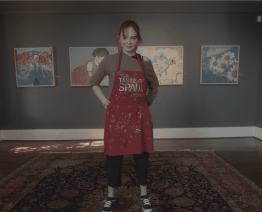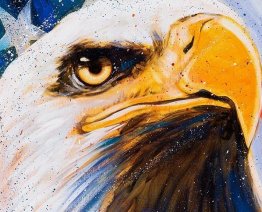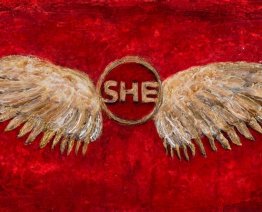Autumn de Forest’s artistic lineage
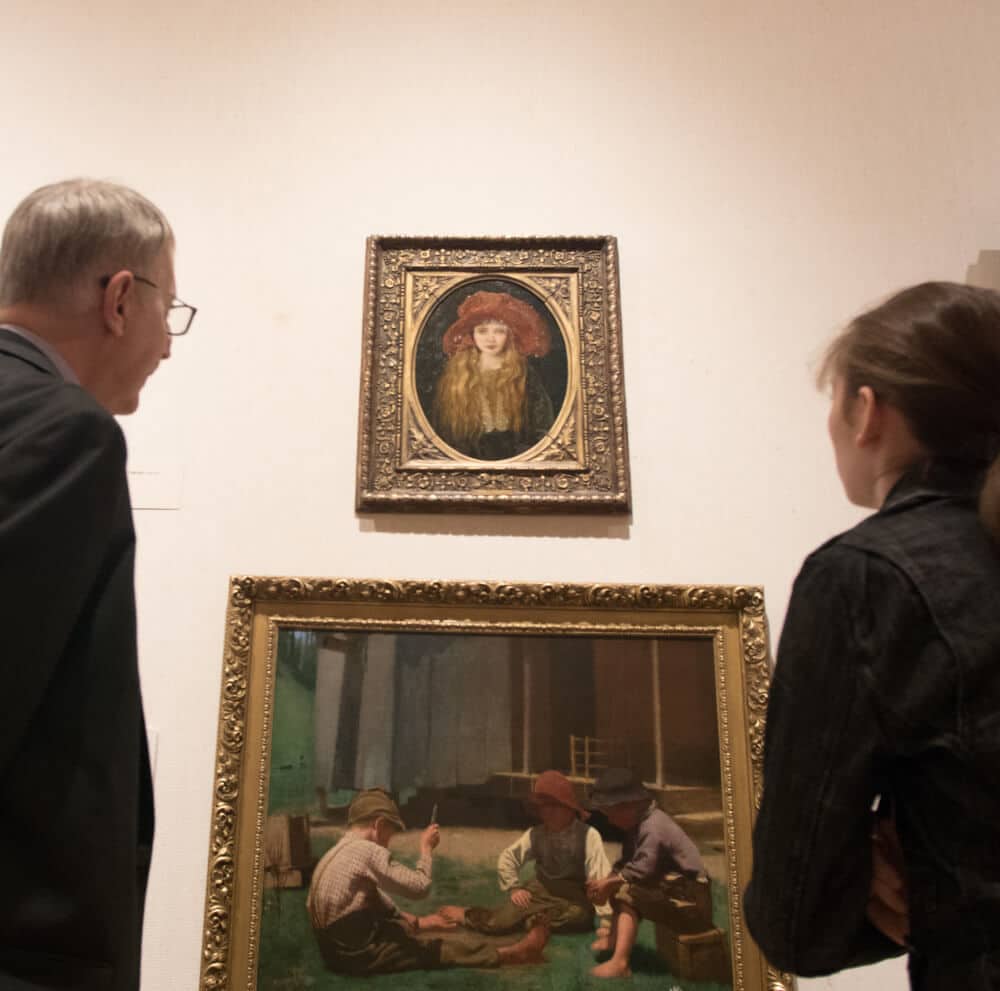
Dr. Lou Zona, Director of the Butler Institute of American Art, shows Autumn a painting by one of her ancestors, George de Forest Brush, which resides in the museum’s permanent collection. (Photo credit: Doug de Forest)
Autumn de Forest, in an article with the T Brand Studio of the New York Times, states that her interest in painting began when she saw her father staining wood in the family garage when she was 5 years old. While that may be the moment which she points to when discussing the beginning of her art career, the story starts long before that.
Autumn comes from a family of artists. Although her parents aren’t painters, her father is a composer and her mother is a former actor and model — she is a descendent of three famous painters from her father’s side, whose works date back to the mid-19th century.
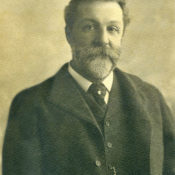
Lockwood de Forest (Photo courtesy of Santa Barbara Historical Museum)
Autumn’s great-great uncle, Lockwood de Forest (1850 – 1932), was a member of The Hudson River School, the first American art movement. He was a key figure in the beginning of the Aesthetic Movement, an art movement in American history that shed light on the importance of aesthetics in art as opposed to socio-political themes. He is famous for bringing the feel of East Indian art into his own works. Lockwood worked in the interior design industry as well. His works are in the permanent collections of The Smithsonian and The Metropolitan Museum of Art.
Another one of Autumn’s ancestors, George de Forest Brush (1855– 1941), was a
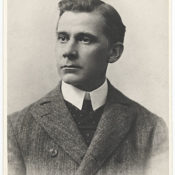
George de Forest Brush (Photo by Dorothy Jarvis, courtesy of the Smithsonian Institution)
student at the National Academy of Design in New York City. He was a famous artist during the same time Lockwood was prominent, although in a separate arena. After living with Native Americans, George incorporated Native American ideals within his art. Later in his career, George gained acclaim for his role in helping the U.S. Government create more realistic camouflage outfits for the Army. His works are also in the permanent collections of The Smithsonian and The Metropolitan Museum of Art.
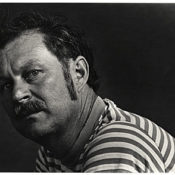
Roy de Forest (Photo by Mimi Jacobs, courtesy of the Smithsonian Institution)
Roy de Forest (1930 – 2007), the most recent de Forest in the art world prior to Autumn, studied at the California School of Fine Arts. He played a large role in the Funk art and Nut art movements, two famous regionally popular, contemporary art styles. Roy is known for his use of bright colors to display humorous subjects; his most common subjects, however, were dogs. His works are in the permanent collections of The Smithsonian, and The Los Angeles Museum of Contemporary Art.
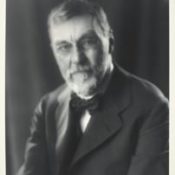
Robert Weeks de Forest (Photo by W. Edwin Gledhill)
In addition, Autumn’s great-great uncle Robert Weeks de Forest (1848 – 1931) served as the president of The Metropolitan Museum of Art from 1913 to 1931. Robert oversaw the first expansion of the Met: The American Wing. As one of his greatest accomplishments, it was the first showcase of truly American works of art.
Despite Autumn’s claim that she didn’t decide to be an artist until she was 5 years old, it’s clear that artistry runs deep in her bloodline.
The family’s art prowess came full circle when Autumn attended her exhibition at the Butler Institute of Art in Youngstown, Ohio. The exhibition is entitled “Autumn de Forest: The Tradition Continues” as an homage to her assuming the mantle of artistry in her family. In fact, during her visit, Autumn was able to view a painting from her relative George de Forest Brush, which is on permanent display at the museum.


